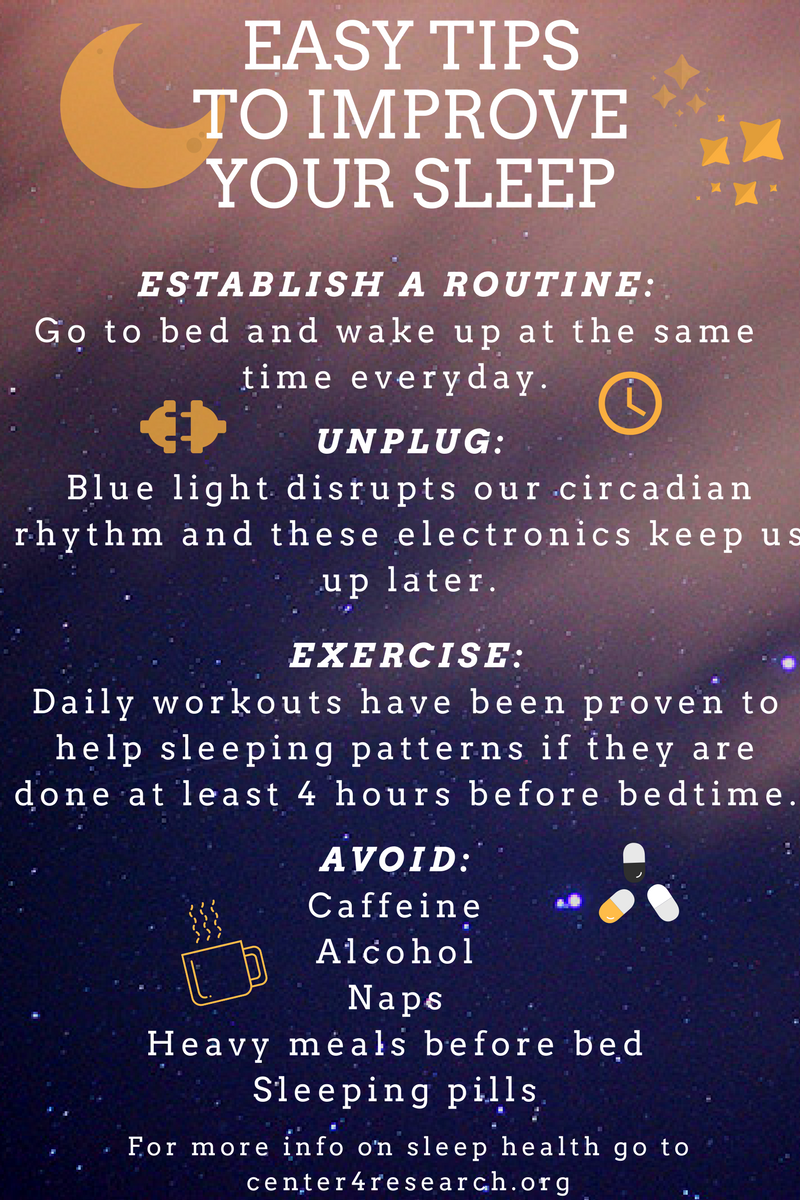
It’s what happens when you’re reading in bed one minute and in the next, the book is flat on your face. This stage lasts only a few minutes and is the main transition period from being awake to asleep. Each of its three stages plays an important role in the quality of your snooze (1). On the other hand, NREM, which includes deep sleep, is the less active phase. REM, hence the name, is your most active sleep stage where your eyes are moving, your heart rate increases and your breathing speeds up. Every night, we cycle through these four stages several times. Within Non-REM, there are three stages you pass through en route to REM. The two main phases of sleep are Rapid Eye Movement (REM) and Non-Rapid Eye Movement (NREM). To understand why deep sleep is critical to your health, it’s helpful to review the sleep stages we pass through every night and what happens in each. This stage of sleep also referred to as slow-wave sleep or delta sleep is your deepest slumber where you’re conked out and least likely to wake up. From here, ask yourself – what might have caused this deviation? Did I go to bed too early or too late? Did I drink caffeine before bed or forget to do my bedtime routine that night? You may find that there is a relationship between what you do during the day or before bed and how refreshed (or not refreshed) you feel when you wake up in the morning.Once you determine what your sleep baseline looks like, you can then observe if you see any deviations from my norm in upcoming sleep sessions.Are there any patterns you see? Is there something consistent or similar happening during these restful nights? This will help give you a sense of what typical restorative sleep looks like for you. For those refreshed sleep sessions, look at the pattern of your DSI graphs.After you’ve completed your week of sleep sessions, look back at which mornings you woke up feeling the most refreshed.Do at least 5-7 sleep sessions with overnight tracking and take note of how you feel after each session using the Muse Journal entry feature.
Methods to increase deep sleep how to#
How to Kickstart Your Personal Deep Sleep Insights and Interpret Your Deep Sleep Score

The higher the activity shown on the DSI graph, the greater your sleep intensity is at that moment. Remember that delta wave activity is expected to be greater during deep sleep compared to any other sleep stage which helps sleep researchers classify deep sleep as “deep sleep”. This graph shows you the total power of your brain’s delta wave activity between 1 Hz and 4 Hz. The DSI graph represents your delta wave activity. The Deep Sleep Intensity (DSI) graph will show you the total time you spent in a sleep state that meets the EEG criteria to be classified as deep sleep. The Sleep Stages graph will show you how long you spent in each sleep stage as well as in wakefulness (i.e., when you got up to go the bathroom or were lying in bed reading). This allows you to track the quality and quantity of your deep sleep along with everything from your heart rate to sleep position.Īfter each sleep session, you’ll get three personalized graphs that give you different insights into your deep sleep. Muse S uses EEG to power overnight sleep tracking and deep sleep insights by measuring your delta brain wave activity.

Muse Deep Sleep Insights: Deep Sleep Intensity Graph & Deep Sleep Intensity Points

We spend nearly one-third of our lives snoozing, and yet many of us know very little about how we sleep best and why deep sleep is key.

And it helps keep everything from our brain to our immune system healthy. After all, sleep is as critical to our survival as air, water, and food. If you’ve ever had even one night of lousy sleep, you know how critical catching Zzzs is to be able to function well the next day.


 0 kommentar(er)
0 kommentar(er)
